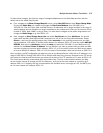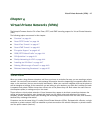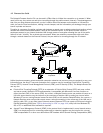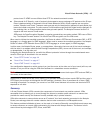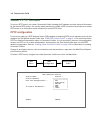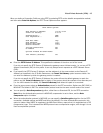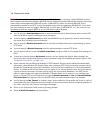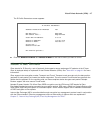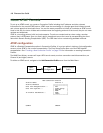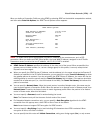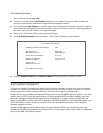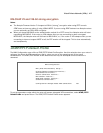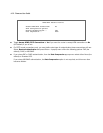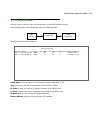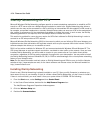
Virtual Private Networks (VPNs) 4-7
The IP Profile Parameters screen appears.
■ Enter the Remote IP Address and Remote IP Mask for the host to which you want to tunnel.
About IPsec Tunnels
IPsec stands for IP Security, a set of protocols that supports secure exchange of IP packets at the IP layer.
IPsec is deployed widely to implement Virtual Private Networks (VPNs). See "Overview" on page 4-1 for more
information.
IPsec supports two encryption modes: Transport and Tunnel. Transport mode encrypts only the data portion
(payload) of each packet, but leaves the header untouched. The more secure Tunnel mode encrypts both the
header and the payload. On the receiving side, an IPsec-compliant device decrypts each packet. Netopia
Routers support the more secure Tunnel mode.
Netopia Firmware Version 5.4 offers IPsec 3DES encryption over the VPN tunnel. DES stands for Data
Encryption Standard, a popular symmetric-key encryption method. DES uses a 56-bit key. Netopia Routers offer
IPsec 3DES (triple DES) encryption as a standard option. Some models support built-in hardware acceleration
of 3DES encryption at line speeds.
Internet Key Exchange (IKE) is an authentication and encryption key management protocol used in conjunction
with the IPsec standard. IPsec key management offers a wide variety of options which are explained in
Chapter 5, “Internet Key Exchange (IKE) IPsec Key Management for VPNs.”
IP Profile Parameters
Address Translation Enabled: Yes
NAT Map List... Easy-PAT
NAT Server List... Easy-Servers
Local WAN IP Address: 0.0.0.0
Remote IP Address: 173.167.8.10
Remote IP Mask: 255.255.0.0
Filter Set...
Remove Filter Set
RIP Profile Options...



